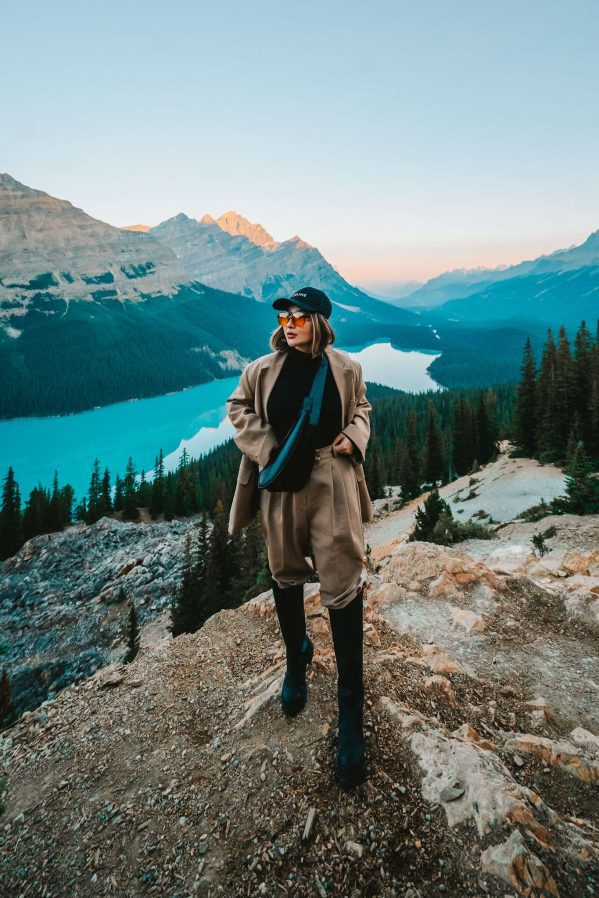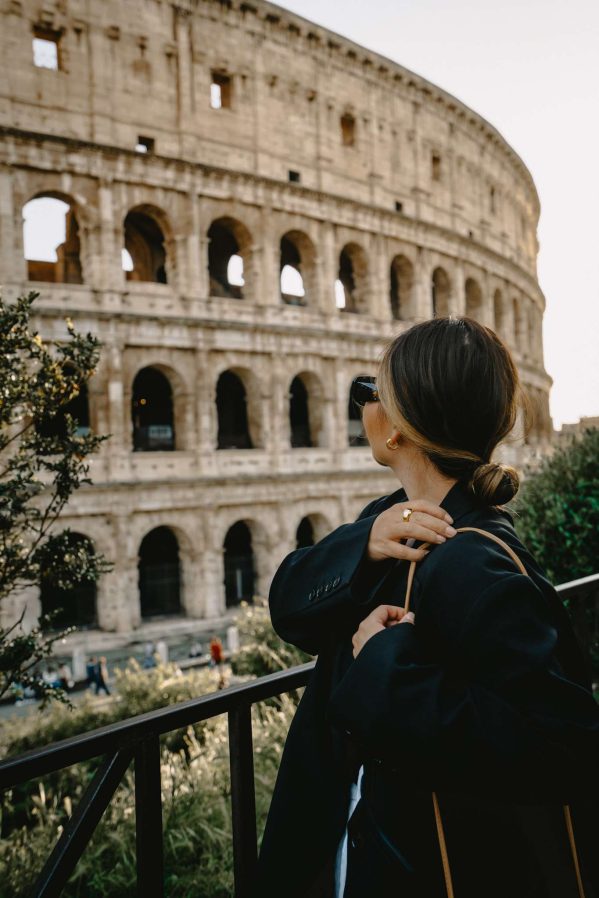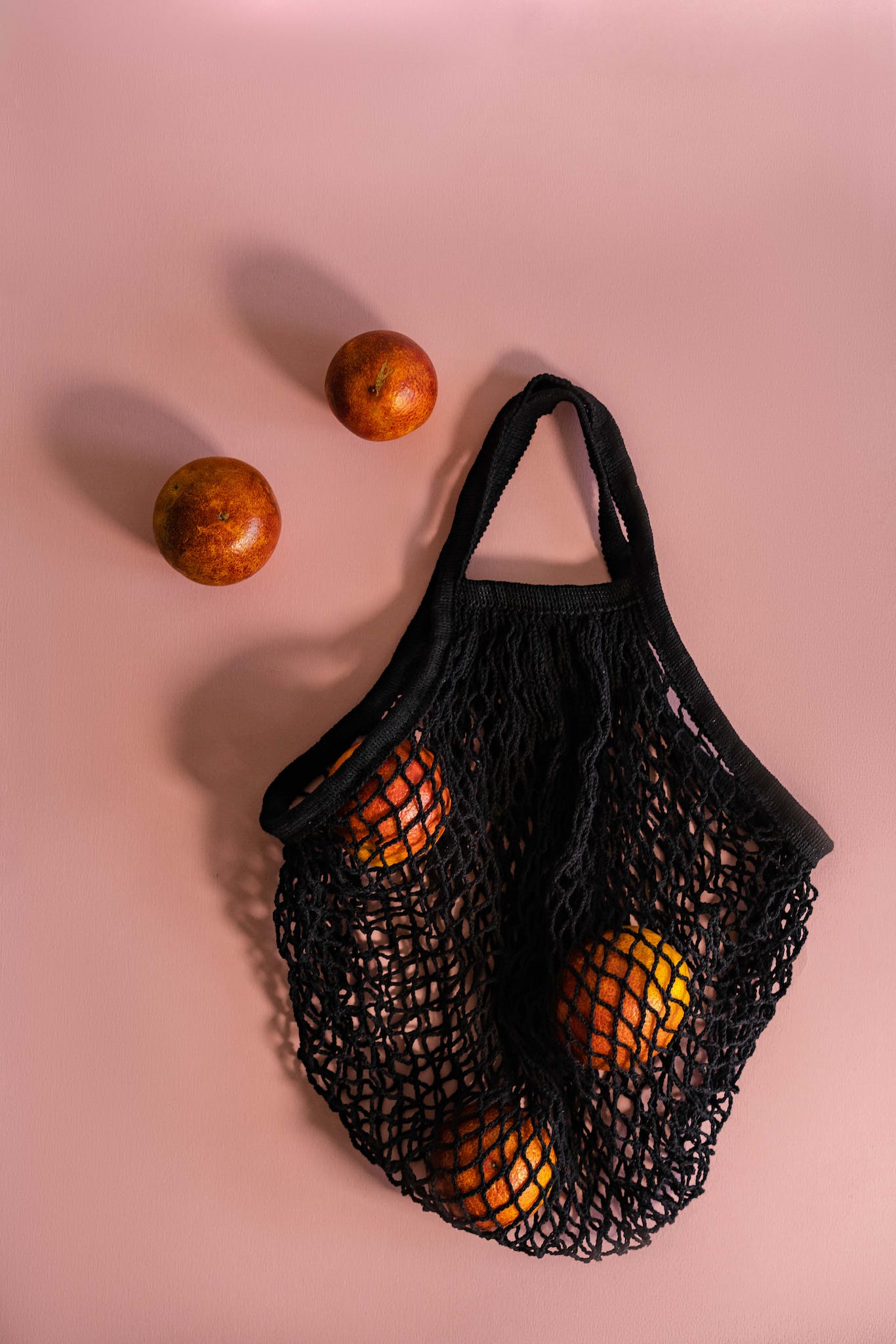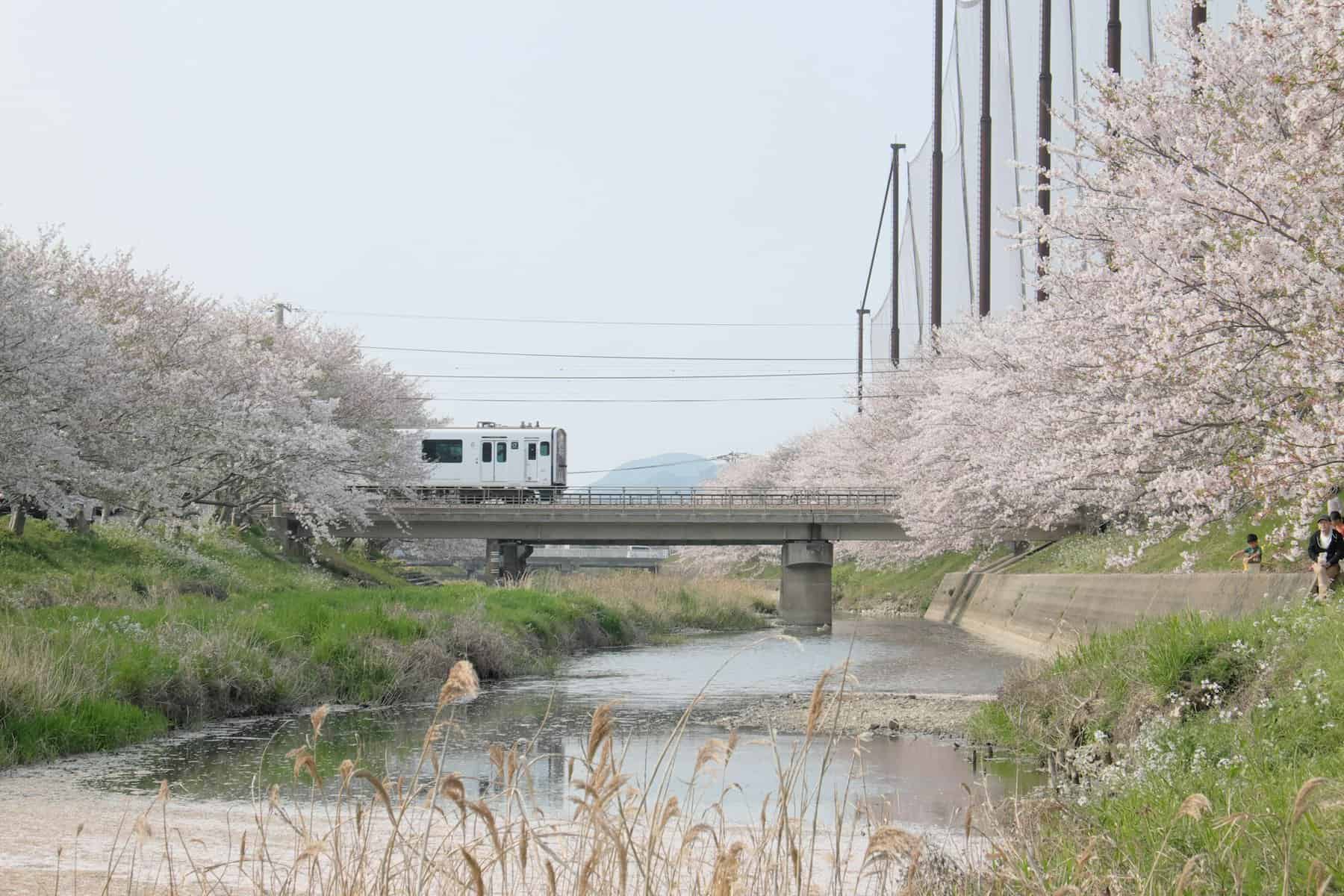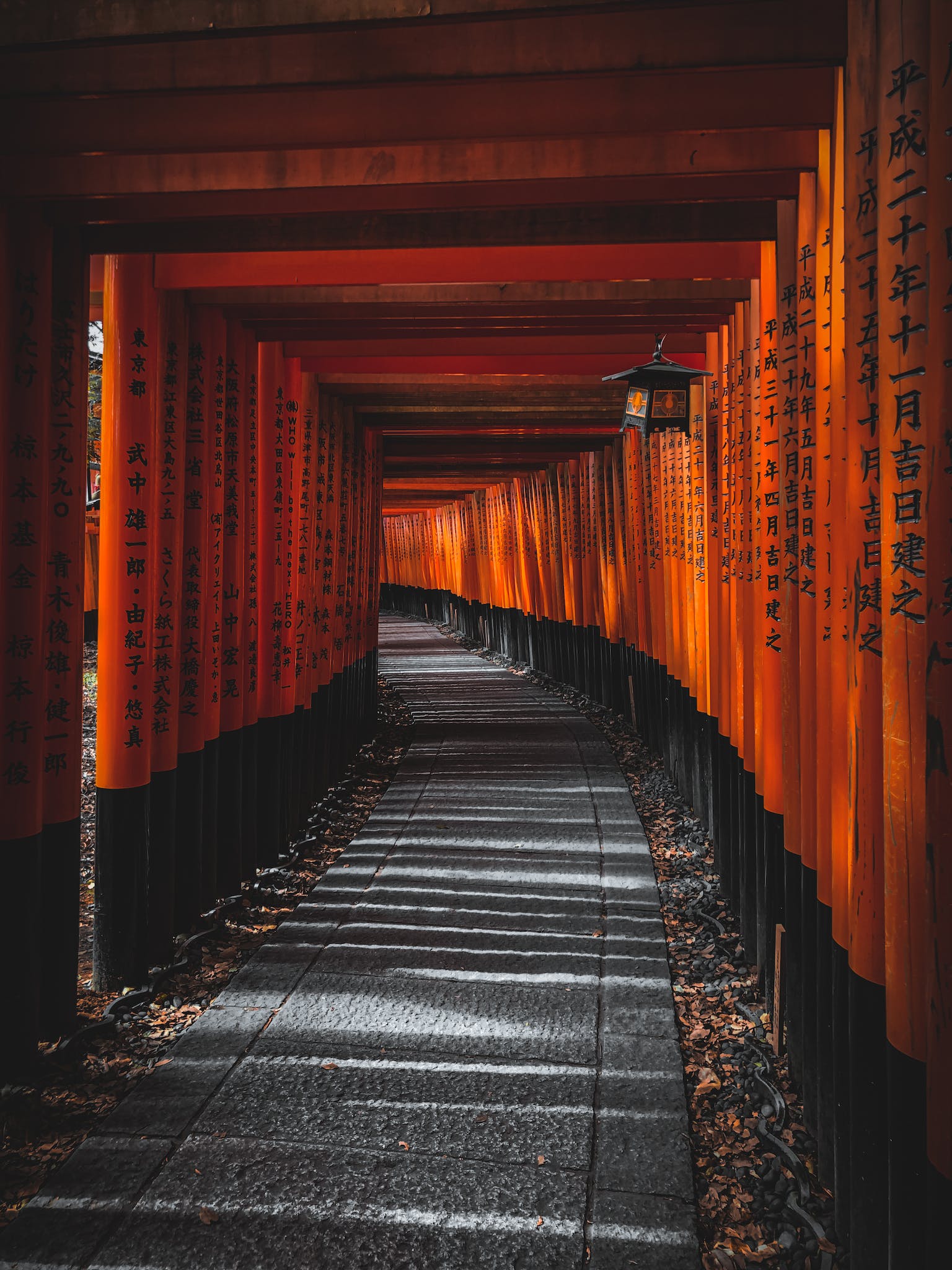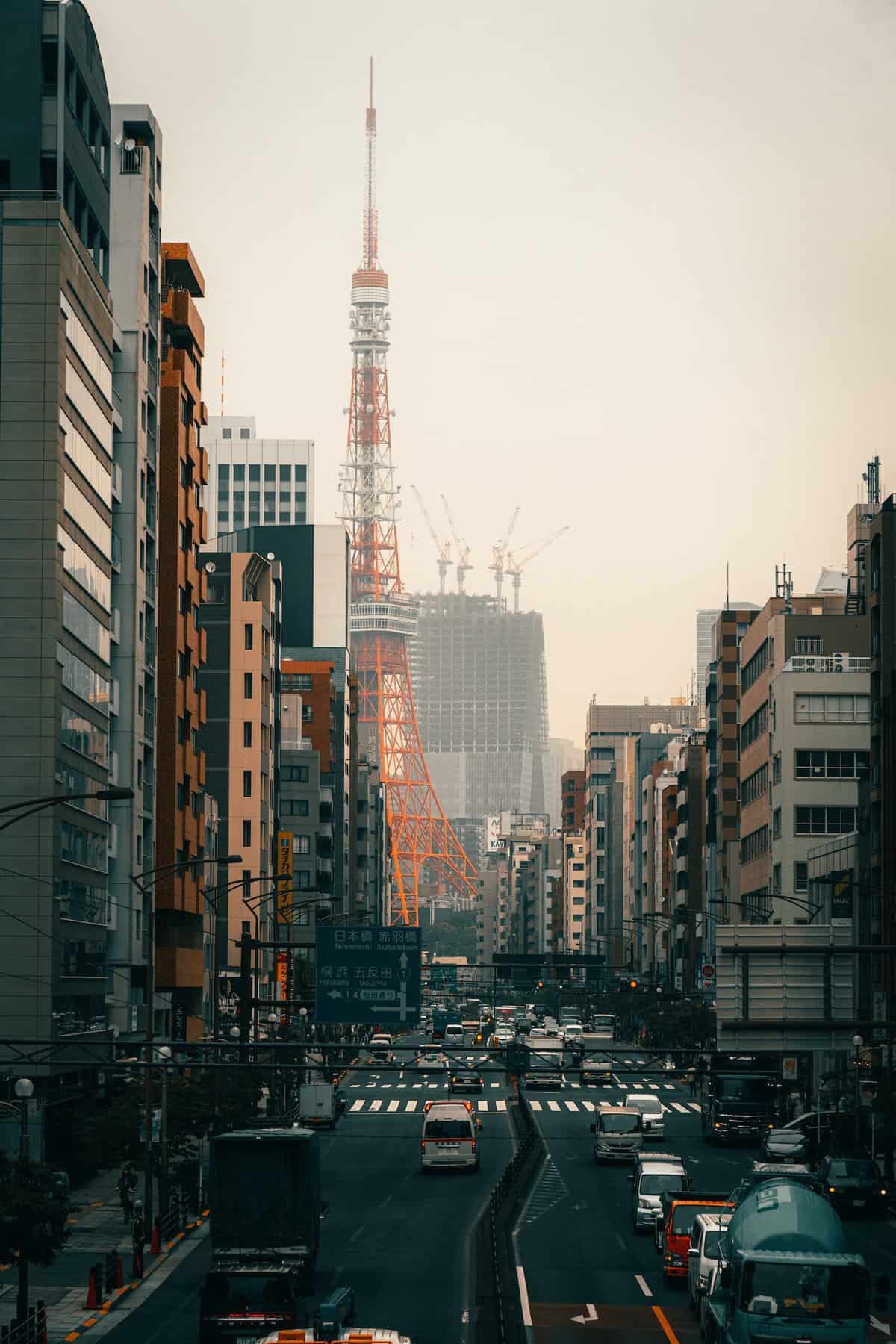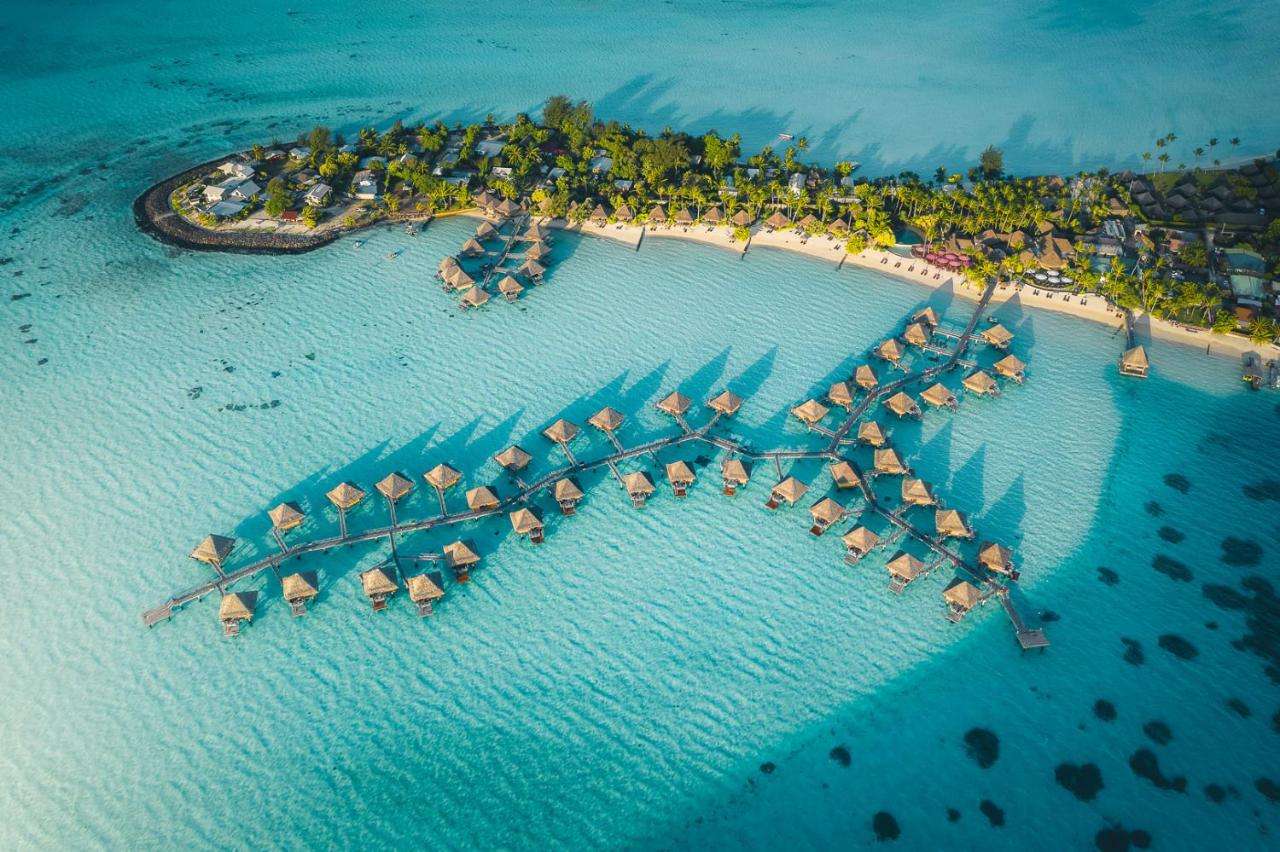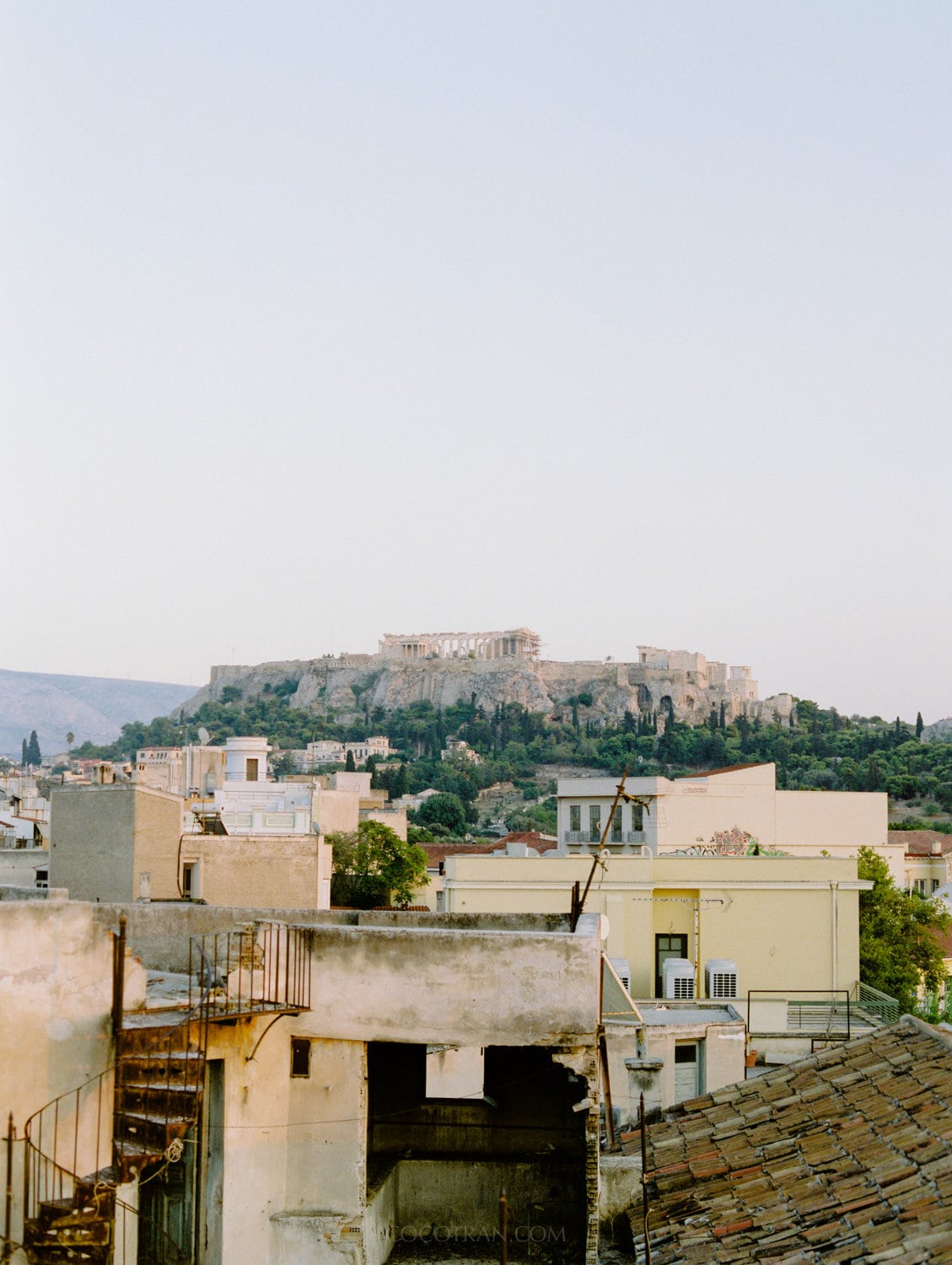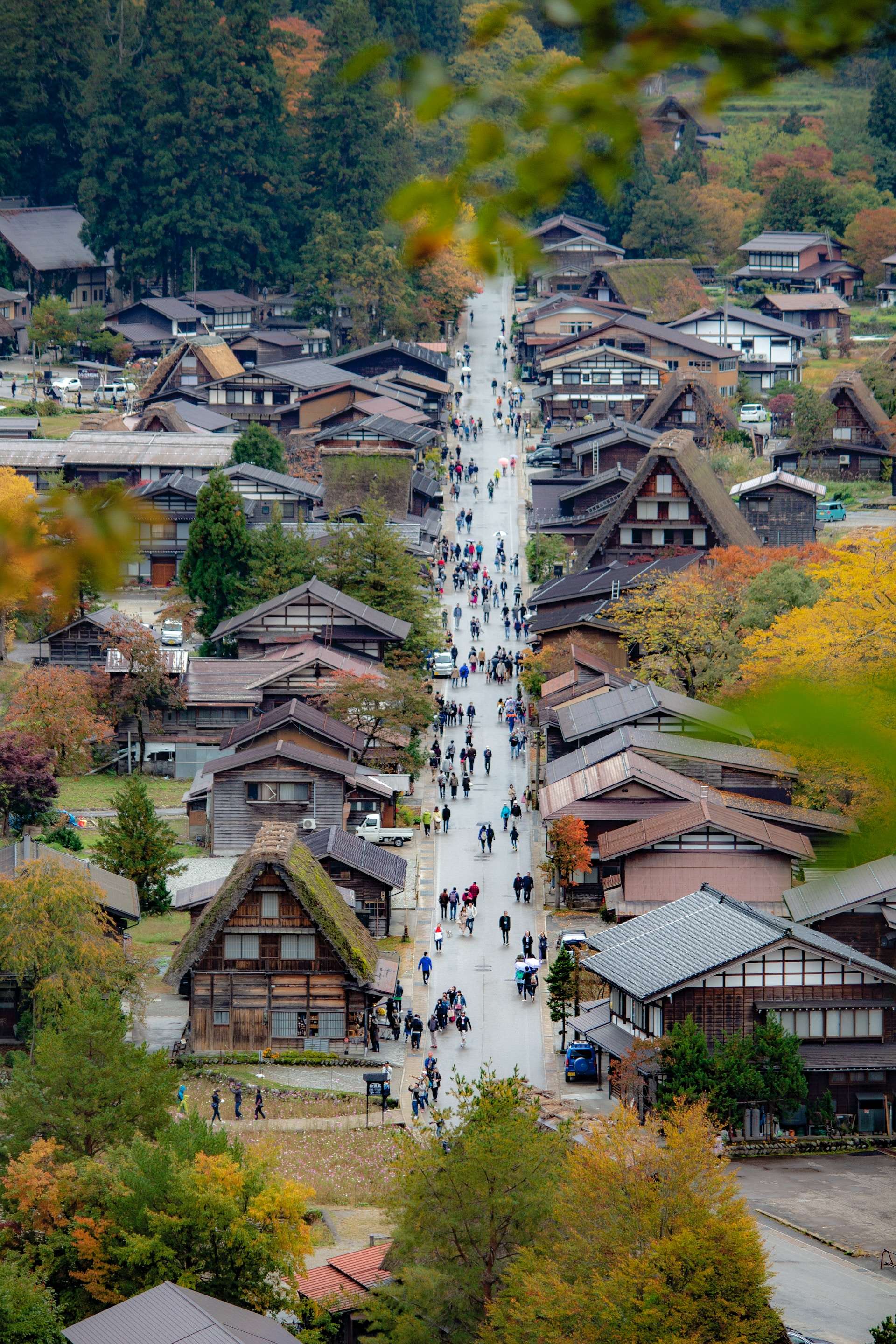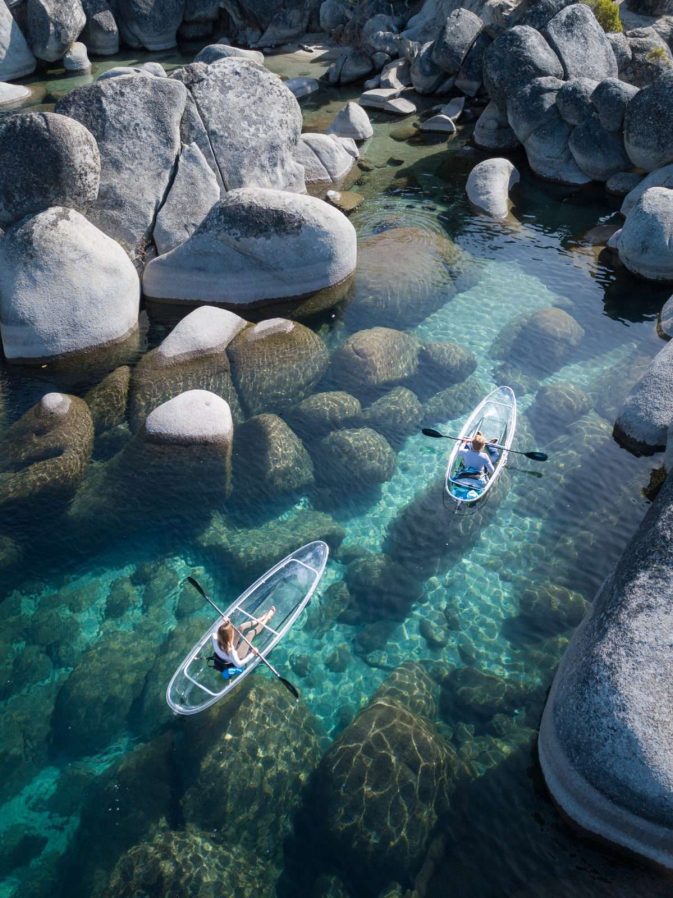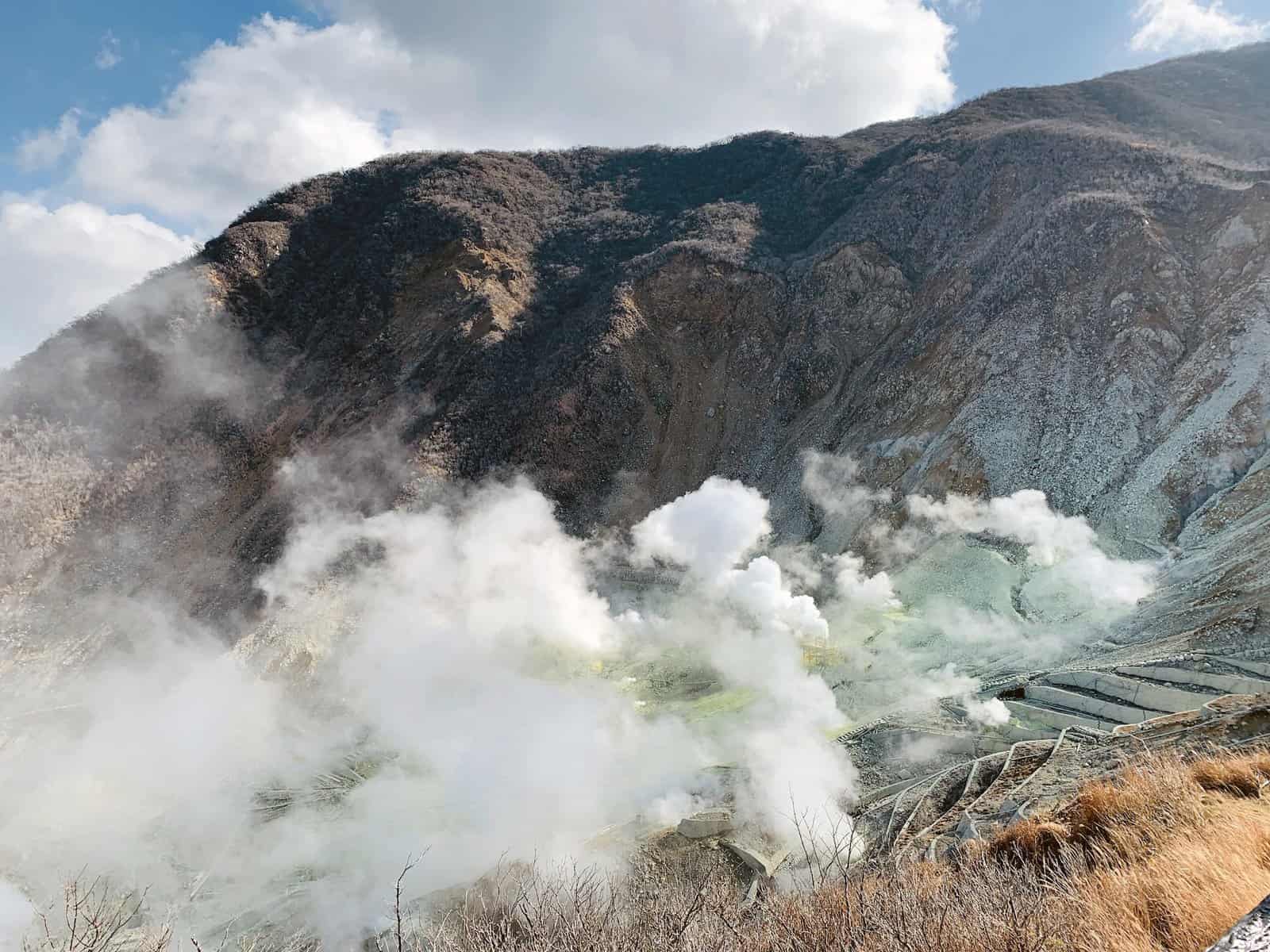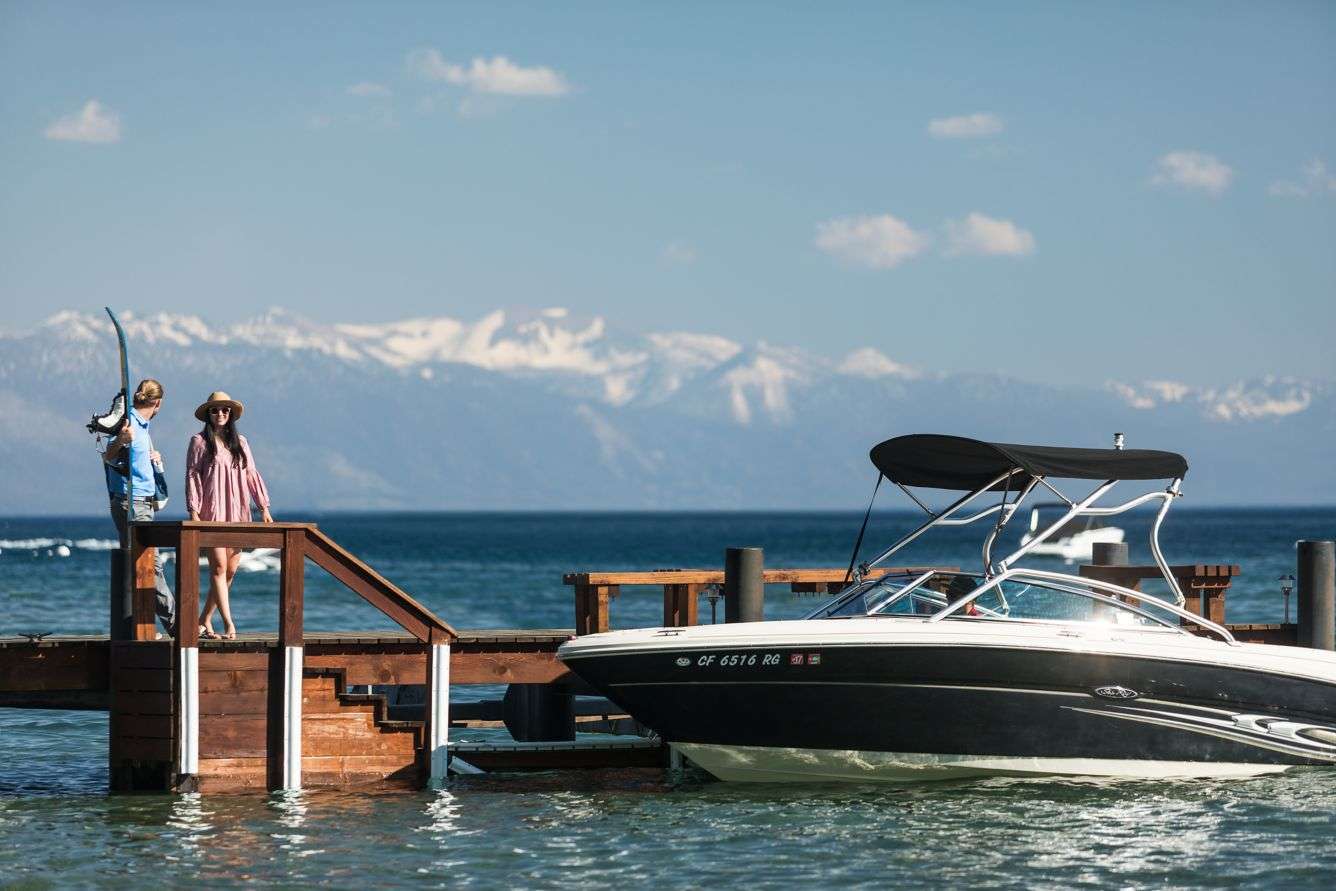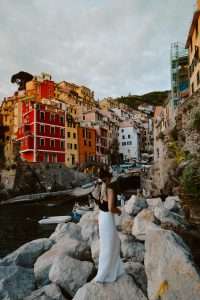Visiting Stunning Peyto Lake in banff, Canada Your Ultimate Guide
Banff, Canada
by Coco Tran On September 8, 2023

In This Article: Table of Contents
some links may be affiliate links. If you purchase using the link I may get a small commission which costs you nothing extra.
Visiting Stunning Peyto Lake in Alberta, Canada Your Ultimate Guide
Your Ultimate Guide to Visiting Stunning Peyto Lake in Alberta, Canada
You’ve likely seen countless photos of the brilliant turquoise blue waters of Peyto Lake in Alberta, Canada. It’s one of the most iconic and photographed lakes in all of the Canadian Rockies. And for good reason – the incredible color, dramatic mountain backdrop, and spectacular views make it a must-see destination.
As you plan your trip to Peyto Lake, there’s a few things you’ll want to know in advance to make the most of your visit.
READY TO BOOK YOUR TRIP?
Best Travel Resources to plan your trip
more helpful travel resources
*This site contains product affiliate links, and I may get a commission, which costs you nothing extra. Thanks for your support
Here’s your ultimate guide to everything you need to know before visiting stunning Peyto Lake in Banff National Park, Alberta.

About Peyto Lake
Peyto Lake is fed by the Peyto Glacier, which is part of the extensive Wapta Icefield located in the Canadian Rockies. The rock flour produced by the glacier grinding against the mountain gives the lake its distinctive bright turquoise color.
The lake itself is located in Banff National Park about 40 km north of Lake Louise, along the famous Icefields Parkway highway connecting Lake Louise and Jasper. It was named after Bill Peyto, an early trail guide and trapper in the Banff area.
The lake sits at an elevation of 1,860 meters and has a maximum depth of 90 meters. After flowing out of Peyto Lake, the glacier waters form the Mistaya River, which eventually joins with the North Saskatchewan River.
The lake is most famous for its viewpoint, which offers a spectacular lookout over the lake and surrounding Caldron Peak and Peyto Glacier. This viewpoint can be reached by a short, paved walkway from the main parking area.
Best Time to Visit Peyto Lake banff
Peyto Lake can be visited year-round, but the prime visiting season is from June to early October. Here are some things to consider when deciding when to visit:
- Visiting Peyto Lake in Summer (June to August) is the peak season, with the warmest weather. However, this is also the busiest time, so come early or late in the day to avoid crowds.
- Visiting Peyto Lake in September and October still offer pleasant weather with fewer crowds. You’ll get to see the larches turn golden if you visit in early October.
- Visiting Peyto Lake in late May to early June provides a chance to see wildflowers blooming around the lake. The lake may still have ice on it at this time.
- Visiting Peyto Lake In the winter, the lake is frozen over but you can still visit the viewpoint and walk out on the snow-covered lake. Just be prepared for cold temperatures and winter driving conditions.

For the best light, sunrise and sunset are ideal times to visit and photograph the lake. Since Peyto Lake faces east, sunrise casts a beautiful glow over the waters. Sunset brings out the color too!
When I visited in September, arriving for sunrise allowed me to experience the tranquil lake bathed in warm early morning light before the crowds arrived later in the day. Standing on the viewpoint platform with a warm coffee in hand as the sun peeked over the mountains was a magical start to your day.
tip: Peyto lake is a great back up spot to go to if you can’t get into Lake Louise.
How to Get to Peyto Lake
Peyto Lake is located about a 40 minute drive north of Lake Louise along the Icefield Parkway (Highway 93 North). It’s also about a 2 hour drive south of Jasper.
If you’re coming from Calgary or Banff, take the Trans Canada Highway west to Lake Louise. From there, head north on the Icefield Parkway. The well-marked turnoff to the Peyto Lake viewpoint parking lot will be on your left about 40km from Lake Louise.
If you’re coming from Jasper, head south on the Icefield Parkway and watch for the Peyto Lake signs on your right.
While public transit options are very limited, several tour companies do offer day trips along the Icefield Parkway from Banff or Jasper that stop at Peyto Lake. Having your own vehicle allows the most flexibility though.
peyto lake parking
The viewpoint area has a large parking lot, but it does fill up quickly on busy summer days. Arrive early (before 8am) if possible to secure a spot. Overflow parking is available along the highway shoulder if necessary.
When I visited in September, the parking lot was much quieter first thing in the morning at 6 am sunrise. But by mid-morning, it was packed full of tour buses and cars.

Other Canada Posts Not To Miss:
What to Expect at Peyto Lake
The main attraction and viewpoint is at the southern end of the lake. From the parking area, it’s about a 10 minute walk along a paved trail to reach the main viewpoint platform. There are some steps involved, but it’s a short, easy walk suitable for all abilities.
At the viewpoint, a large wooden platform provides the classic sweeping view over the lake and surrounding mountains and glacier. On busy days, dozens of people gather here to take photos and marvel at the vista.
Restrooms and an interpretive center with park information are located back near the main parking lot. There are no other amenities like food service at Peyto Lake itself.
While the viewpoint platform offers that perfect postcard shot, don’t miss wandering farther along the trails around the lake. Following the trails just beyond the first platform leads to several other quieter viewpoints of the brilliant lake.
The easy 1km hike up to the Panorama Overlook is highly recommended for different angles looking down over the lake. Continuing on connects to the trail to Bow Summit for those wanting a longer hike.
The trails and viewpoint areas are very exposed, so come prepared with layers, proper footwear, sunscreen, and plenty of water. And watch your footing on loose rocky sections of trail.
When it comes to the lake itself, there are no areas for swimming or boating access. The frigid glacier waters rarely warm up past 5°C, so swimming is extremely cold! Simply viewing and photographing the lake is the way to enjoy it.
Things to do at Peyto Lake
While viewing and photographing the spectacular lake are the prime activities, there are a few other things you can enjoy:
– Hiking – In addition to the easy 1km hike to the Panorama Overlook, more experienced hikers can continue another 3km past that to Bow Summit. More challenging yet rewarding hikes like Observation Peak and Caldron Peak also start near Peyto Lake.
– Photography – With the stunning blue waters and dramatic mountain backdrops, Peyto Lake is arguably one of the best spots for landscape photography in Banff National Park. Linger for sunrise, sunset, and into the golden hours for epic shots.
– Picnicking – Pack a lunch or snack and enjoy it either at the viewpoint benches or at one of the more secluded lakeside spots along the trails.
– Winter activities – Once frozen over, the lake can be accessed for cross-country skiing, snowshoeing, or ice fishing. Be extremely cautious walking on frozen lakes and watch out for avalanche risk in surrounding areas.
– Wildlife viewing – Keep your eyes peeled around Peyto Lake for bears, mountain goats, big horn sheep, hoary marmots, pikas, and numerous bird species. Maintain safe distances from all wildlife.

When to Visit Peyto lake to Avoid Crowds
As one of the most popular lake destinations in Banff National Park, crowds are almost inevitable at the height of summer. But here are some tips to maximize your solitude:
- Visit in shoulder seasons – Aim for late May-early June or September-October. Crowds drop off significantly, especially after Labor Day.
- Sunrise and sunset – These attract far fewer people than mid-day. Sunrise is especially peaceful.
- Weekdays – With everyone flocking here on weekends, weekdays tend to be slightly quieter.
- Winter – Once winter hits, snow and cold keep crowds away. Few people venture out in frigid January temps!
No matter when you go, prepare for some crowds at Peyto Lake. But arriving early, lingering at sunset, and wandering the trails helps provide more peaceful experiences. The views are worth it!
How to Avoid the Crowds at Peyto Lake
As one of the most visited lakes in Banff National Park, avoiding crowds at Peyto Lake can be challenging in peak summer. Here are some tips:
- Arrive very early – Be there for sunrise before 8am. Have the place nearly to yourself!
- Come at sunset – Far fewer people linger late. You’ll have the twilight views mostly to yourself.
- Hike farther out on the trails – The masses cluster at the main viewpoint. Just 5-10 minutes down the trail leaves crowds behind.
- Explore side angles – Creative compositions from the lake’s shore and edges puts subjects, not people, in your frame.
- Consider winter visits – Once snow flies, crowds disappear. The lake becomes wonderfully serene. Just dress warmly!
- Don’t give up because of crowds. Unique angles and optimal timing provides peaceful moments even at this popular locale.
With some planning and creativity, you can still experience Peyto Lake’s beauty in a calm, crowd-free setting. The trick is avoiding peak times when nearly every Banff visitor wants this iconic lake view.

Where to Stay Near Peyto Lake
There are no accommodations directly at Peyto Lake. The closest lodging options are:
Num-Ti-Jah Lodge – Rustic lodge located on Bow Lake, about a 10 minute drive south of Peyto Lake.
Mosquito Creek Campground – Nice campground along the Icefield Parkway, 20km south of Peyto Lake. No reservations.
Waterfowl Lakes Campground – Large campground 25km north of the lake with reservable sites.
For more substantial lodging, the scenic mountain towns of Lake Louise (40km south) and Banff (120km south) have a wide selection of hotels, motels, cabins, and B&Bs to choose from. Reservations are strongly recommended during peak travel season.
On my September trip, I stayed at the gorgeous Moraine Lake Lodge, taking advantage of end-of-season rates. Being based right in Lake Louise-Banff National Park allowed easy access for sunrise excursions to Peyto Lake.
Packing List for Peyto Lake
A trip to Peyto Lake requires proper preparation and packing due to the alpine environment. Here are some packing tips:
- Layers – Temperatures can fluctuate greatly, so pack base layers, fleece, down or synthetic jacket, windproof outer layer, gloves, warm hat.
- Hiking shoes – Sturdy trail shoes or hiking boots with good grip are ideal for the rocky trails.
- Sunglasses and sunhat – With sun reflecting off the water, protection is important.
- Camera – To capture those perfect lake photos. Tripod recommended.
- Snacks and water – Hydration and fuel are key. Always carry plenty of water.
- Bear spray – Required when hiking in the backcountry. Make noise when hiking to avoid surprising bears.
- Bug spray – The mosquitoes can be fierce come mid-summer.
- National park pass – Needed to enter Banff National Park. Can purchase upon arrival.
- Backpack – To comfortably carry extra layers, water, and camera gear.
Properly preparing with weather-appropriate clothing, gear, and supplies will ensure you have the best experience at Peyto Lake. The conditions can change quickly in the mountains.
Tips for Photographing Peyto Lake
With its brilliant blue waters and postcard-perfect mountain views, Peyto Lake seems made for photography. Here are some tips for getting epic shots:
- – Use a polarizing filter – This enhances the blues and reduces glare. A neutral density filter also helps capture silky smooth waters.
- – Play with angles – Photograph from different vantage points along the trails for varied compositions. Move around the lake to frame the mountains in the background.
- – Focus on reflections – When the water is calm, beautiful mirror-like reflections create stunning images.
- – Return for sunrise and sunset – The warm golden light creates incredible color at these times of day. The midday sun is too harsh.
- – Shoot in RAW – This allows for greater editing control to boost vibrance and recover blown out highlights later on.
- – Don’t forget the details – Zoom in to capture intimate shots of ripples, reflections, and textures.
- – Include people – Have a friend or fellow traveler stand on the viewpoint deck to add a sense of scale.
You’ll be tempted to snap endless photos of Peyto Lake. Taking the time to explore various angles and focal lengths will provide the greatest diversity of pictures. When you visited at sunrise, you managed to get both sweeping vistas of the entire lake as well as close-up detail shots.
Other Nearby Attractions peyto lake
While Peyto Lake is the star attraction of this area, make time to visit some of the other scenic spots along the Icefield Parkway nearby:
- – Bow Lake – Just 5 minutes south of Peyto Lake lies this equally beautiful turquoise lake with splendid mountain views.
- – Mistaya Canyon – See the power of rushing water carving through the rock at this canyon 15 minutes south of Peyto. Short walk to viewpoint.
- – Saskatchewan River Crossing – This area offers great views of the North Saskatchewan River along with hiking trails. Stop at the cafe here too.
- – Columbia Icefield – The drive north takes you to this massive glacier area and the Glacier Skywalk. Allow several hours to explore.
- – Lake Louise – The postcard-famous lake ringed by mountains is a must-visit just 40km from Peyto. Hiking paradise.
With its jaw-dropping scenery, the Icefield Parkway between Lake Louise and Jasper is one of the most spectacular drives in the world. Make time to explore this mountain wonderland beyond just Peyto Lake.
Insider Tips for Visiting Peyto Lake
To make the most of your visit to Peyto Lake, keep these tips in mind:
- -Arrive early – This avoids crowds and ensures you get prime parking and sunrise light. The lot fills by 9am.
- Check ahead on trail conditions – Trails may be snow-covered or icy through late spring. Dress accordingly.
- Bring cash – The parking payment machines only accept cash (coins or bills).
- Fill up on gas – Fuel stations are scarce along the Icefield Parkway. Don’t get stranded!
- Watch your step! – Be extremely cautious hiking due to loose rocky terrain and steep drop offs near the trails and lake.
- Respect wildlife – If you spot any animals, observe from a safe distance. Do not approach or feed them.
- Leave no trace – Stay on marked trails, pack out all trash, and don’t disturb or remove natural items.
Knowing these handy tips ahead of time helps you make the most of your time at Peyto Lake and focus on enjoying the spectacular scenery!
The Beauty of Peyto Lake in All Seasons
One of the great aspects of Peyto Lake is that it can be enjoyed year-round. Each season offers its own charm:
peyto lake in Spring
In May and June, wildflowers dot the mountainsides and ice slowly melts from the lake revealing that famous turquoise water.
peyto lake in Summer
July and August bring ideal weather for exploring the trails and viewpoints around the lake. Vibrant blues and greens abound.
peyto lake in Fall
September and October highlight fall foliage in the larches. Crisp air and fewer crowds make for a tranquil visit.
peyto lake Winter
Once frozen over, the lake becomes a picturesque winter scene of snow and ice. Blue returns when waters partly thaw.
Seeing Peyto Lake in all its seasonal glory – from spring melt to winter ice – gives you a deeper appreciation for how the changing landscape transforms this natural wonder. The jaw-dropping views never get old.
An Easy Peyto Lake Overnight Itinerary From Calgary
Looking for an easy overnight trip from the Calgary area? A visit to Peyto Lake pairs perfectly with Banff or Lake Louise. Here’s a suggested 2-day itinerary:
Day 1:
– Morning – Drive from Calgary to Banff on the Trans Canada Highway (2 hour drive). Stop in Banff for lunch and to explore the quaint townsite. Check into your hotel.
– Mid-Afternoon – Drive 40km to Lake Louise. Hike to Lake Agnes Teahouse or Plain of Six Glaciers for stunning views.
– Evening – Enjoy dinner and strolling around downtown Lake Louise.
Day 2:
– Sunrise – Wake early and drive 40km to Peyto Lake to catch magical sunrise views before crowds arrive.
– Morning – Hike the easy trails around Peyto Lake. Drive further north along Icefields Parkway stopping at Bow Lake, Mistaya Canyon, and Saskatchewan Crossing.
– Early Afternoon – Start drive back to Calgary. Stop in Canmore or Banff for lunch. Return to Calgary by late afternoon.
With only a 2-3 hour drive from Calgary, Peyto Lake and the Lake Louise/Banff areas offer the perfect intro to the awe-inspiring landscapes of the Canadian Rockies. Some of the most beautiful places on Earth are your nearby backyard playground!
The Most Scenic Hikes Near Peyto Lake
Looking to stretch your legs with some scenic hiking around Peyto Lake? Here are some top trail suggestions:
Easy:
Peyto Lake Panorama Overlook – 1.6km gently uphill to an elevated lake viewpoint.
Bow Summit Trail – 5.5km relatively flat trail following the lake’s outlet river.
Moderate:
Mistaya Canyon – 6.5km out and back to a viewpoint of a powerful canyon waterfall. 700m elevation gain.
Caldron Lake – 12km return hike to an emerald green alpine lake beneath Peyto Glacier. 930m elevation gain.
Difficult:
Observation Peak – 8km steep route with some scrambling. Incredible panoramic summit views. 1,275m elevation gain.
South Peyto Peak – 12km long trail with steep scree slopes gaining a 2,415m peak with 360° views. 1,340m elevation gain.
These hikes offer everything from short strolls to epic summit challenges. With a trail for every ability level, it’s easy to spend a full day exploring the stunning landscape on foot around Peyto Lake. You’ll feel like you’re on top of the world!
Where to Get the Classic View of Peyto Lake
Want to capture that perfect postcard shot of Peyto Lake? The classic head-on view everyone wants is right from the main viewpoint platform.
This lookout juts out over the lake providing a straight-on vista showcasing the sheer rocky cliffs and Peyto Glacier backdrop behind the intense turquoise water. Mesa-like Caldron Peak presides over the scene.
For memorable images, head to the viewpoint platform early in the morning or late afternoon when sunlight illuminates the landscape. An ND filter for the lake and a polarizer filter for the sky will maximize color and contrast.
This tried-and-true view beautifully captures the essence of Peyto Lake in a single frame. But don’t miss exploring the trails around the lake for other great angles on this iconic spot overlooked by towering peaks and glaciers.
The Many Looks of Bow Lake Near Peyto Lake
Just a short 5-10 minute drive south of Peyto Lake lies another spectacularly colored glacier lake – Bow Lake. Like Peyto, it boasts incredible turquoise waters backed by sheer cliffs and distant snow-capped peaks.
A single roadside lookout provides the classic postcard view of Bow Lake. But hiking the lake’s shoreline trail treats you to continually shifting perspectives on this jewel-like lake. Vivid green forests contrast with gray limestone walls while the lake color morphs from deep blue to mint green.
For a variety of vantage points, walk the easy 4km loop around Bow Lake. The trail crosses talus slopes, winds through forest, and hugs the lakeshore. Go early morning or late afternoon when magical lighting showcases the ever-changing beauty of Bow Lake.
Pairing a visit to Bow Lake with the short drive south of Peyto Lake makes for an spectacular day appreciating two of the most photogenic lakes in Banff National Park. Don’t miss it!
Insider Tips for Photographing Peyto Lake
To capture truly phenomenal landscape photos at Peyto Lake, here are some pro tips:
- – Use a circular polarizer and neutral density filters – These are essential for boosting color and controlling light.
- – Focus on leading lines – Use the walkway or shoreline to draw viewers into the scene. Frame the mountains in the distance.
- – Shoot in RAW – This allows for more flexibility in bringing out colors and details during editing.
- – Set up with the light behind you – Sidelighting on the mountains adds texture and dimension. Backlight creates silhouettes.
- – Return for golden hour – Late afternoon and early morning light casts a magical warm glow over the landscape.
- – Shoot panoramas – Capture the lake, glacier and full mountain vista in an ultra-wide panorama.
- – Try long exposure shots – Use an ND filter to smooth and milk out the water for surreal effects.
Tips for Photographing Wildlife Near Peyto Lake
While not quite the wildlife haven that other areas of Banff National Park are, keep your camera ready around Peyto Lake and you may spot:
- – Big horn sheep – Look for them grazing high on rocky cliffs and ledges. A telephoto lens helps zoom in tight.
- – Black bears – Quietly hike the trails near dawn or dusk when bears are most active. Keep safe distance!
- – Hoary marmots – These chunky ground squirrels often stand sentry on boulders near trails.
- – Pikas – Spot these tiny rabbit relatives scurrying over talus slopes gathering grasses.
- – Mountain goats – They cling impossibly to steep mountain faces. A far-reaching zoom lens is useful.
- – Birds – Scan treetops for Clark’s nutcrackers, gray jays, ravens, and more. Bring binoculars.
When it comes to photographing wildlife:
- – Use a long telephoto lens to isolate animals from busy backgrounds. 300mm or longer is ideal.
- – Shoot from low angles to add interest to your composition.
- – Adjust your shutter speed to freeze action or blur motion artistically.
- – Get eye level with smaller animals for intimate portraits.
- – Wait patiently for moments of action like raised ears or stretching.
- – Respect wildlife by keeping ample distance and not startling them.
With persistence and respect for nature, you’re bound to capture memorable wildlife photos around Peyto Lake to pair with your iconic lake images.
Taking the time to scout angles, watch the light, and employ advanced techniques will pay off in framing artistic, magazine-worthy photographs. Peyto Lake offers a world of inspiration for landscape photography.
The Best Times of Day to Photograph Peyto Lake
One of the keys to stunning photographs is great light. The best times to capture Peyto Lake are:
Sunrise – Arrive before dawn to catch the pre-dawn glow hitting the mountains. Stay as the rising sun lights up the lake in golden hues.
Morning – Late morning (10am – noon) harsh overhead sunlight is the worst for photos. But ridges and mountains may cast interesting shadows on the lake in mid-morning.
Afternoon – As the sun gets lower in late afternoon, side lighting adds more definition to the landscape.
Sunset – The low light at sunset casts the entire scene in golden light. Lakes reflect the warm hues.
Twilight – Stay past sunset during the “blue hour” for a moody twilight scene with intense color.
Night – On clear nights, the Milky Way reflects in the lake providing a spectacular photo opportunity. Use a star tracker to get sharp shots.
Good light can make the difference between a snapshot and a phenomenal photograph at Peyto Lake. Sunrise and sunset here provide some of the most spectacular visual displays found anywhere.
How to Shoot Epic Panoramas of Peyto Lake
The incredible mountain panoramas surrounding Peyto Lake beg to be captured in sweeping panorama photos. Here are some tips for shooting and stitching together majestic Peyto Lake panoramas:
- – Use a wide angle lens like 16-35mm to capture the full vista in each frame.
- – Overlap photos by 30% – 50% for optimal stitching. Take photos in a consistent rotation.
- – Mount your camera on a panoramic tripod head or ball head. This prevents crooked horizon lines.
- – Manually set the same exposure and white balance across all frames for consistent results.
- – Take time to ensure precise alignment between each shot. This prevents gaps or misalignment.
- – Use software like Lightroom or Photoshop to auto-align and stitch the photos together into a seamless panorama.
- – Process your panoramas into JPGs or TIFFs at the highest resolution possible.
With meticulous shooting technique and post-processing, you can create absolutely stunning panoramas of Peyto Lake and the surrounding mountain ranges. These images make jaw-dropping wall prints!
The Best Vantage Points Around Peyto Lake
While the main viewpoint platform delivers the classic Peyto Lake images, there are other fantastic vantage points around the lake for unique perspectives. Some top spots are:
- – Panorama Overlook – Hike 1km up the trail for an elevated view directly over the lake’s end. Fewer crowds.
- – West side of the lake – Follow unofficial trails in the woods down to small rocky outcrops overlooking the western part of the lake and Caldron Peak.
- – Bow Summit trail – As the trail climbs, it provides looks back down over the northern lakeshore and surrounding peaks.
- – Lower Viewpoint – Just before reaching the main platform, turn right down towards the lake through trees to find less obstructed views.
- – Eastern shoreline – Difficult to access safely, but views from across the lake showcase the iconic mountain backdrop.
Don’t confine yourself just to the viewpoint platform. Wandering the trails and shoreline opens up boundless possibilities for one-of-a-kind Peyto Lake images. Put on your adventurer’s hat and get creative with compositions!
How to Capture Dreamy Long Exposures of Peyto Lake
The smooth, mist-like effect of long exposure photography works wonderfully for artistic lake shots. To create dreamy long exposures at Peyto Lake:
- -Use a neutral density filter (ND filter). This reduces the light entering your lens so you can drag the shutter.
- Compose your shot with interesting rocks, trails, or trees in the foreground.
- – Mount your camera on a sturdy tripod so it doesn’t move during the exposure.
- -Set your aperture between f/8 to f/14 for optimal sharpness.
- – Select a shutter speed of 5-30 seconds. This smoothes and softens the water motion.
- – Use your remote shutter release or timer so you don’t shake the camera when firing.
- – Take multiple shots at various shutter speeds for different effects.
Don’t forget your ND filter! It’s essential for allowing you to extend your exposure time beyond what the light conditions permit. After some experimenting, you’ll be able to capture Peyto Lake’s surreal, ethereal beauty.
Packing List Essentials for Visiting Peyto Lake
A trip to Peyto Lake requires preparing for the alpine conditions and possibly changeable weather. Be sure to pack:
- – Sturdy hiking shoes – The rocky trails demand proper footwear.
- – Layers – Temperatures fluctuate rapidly in the mountains. Have light to heavy layers ready.
- – Windproof/waterproof jacket – Essential outer layer.
- – Warm hat and gloves – For cold mornings and nights.
- – Sunglasses and sunhat – Strong sun reflects off the lake.
- – Daypack – Carry layers, water, snacks, camera gear.
- – Water bottle – Dehydration comes quick at high altitude. Hydrate!
- – Snacks/lunch – Fuel up for hiking. Bring more food than you think you’ll need.
- – Camera gear – Tripod, filters, lenses, cleaning supplies, batteries, memory cards.
- – Bear spray – Required for hiking. Make noise to avoid surprising them!
- – National park pass – Needed to enter Banff National Park. Buy ahead or at entrance.
- – Bug spray – Mosquitoes can be plentiful near water in summer.
Proper preparation makes all the difference in comfort and safety. Focus on the scenery not the weather by packing accordingly!
How to photograph Peyto Lake in Fall
Autumn brings a whole different mood and palette to Peyto Lake. Here are tips for fall photography:
- – Look for reflections – Calm water mirrors vibrant yellow larch and aspen trees mixed with evergreens.
- – Incorporate fall foliage – Frame the lake with colorful foreground leaves and bushes.
- – Use a polarizer – Darkens blue skies and reduces glare to saturate fall colors.
- – Wait for windless days – Minimal ripples enhance reflections in the lake’s surface.
- – Focus on contrast – Juxtapose warm fall hues with the deep blue lake and white glaciers.
- – Add depth with layers – Position colorful foliage or trees throughout your composition.
- – Return near peak color – Late September through early October provides the best larch viewing.
Fall brings less crowds and unforgettable color to Peyto Lake. Embrace the autumnal palette and mood in the epic mountain landscapes.
Safety Tips for Photographing Peyto Lake
When photographing around Peyto Lake, make safety a priority:
- Watch your footing – Rocky ledges and steep trails have lots of trip hazards. Wear proper footwear.
- Don’t venture off trails – Cliffs have extreme drop-offs. Stay safely on marked paths.
- Be cautious on platforms – Gusting winds can throw off your balance near edges.
- Tell someone your plans – Let them know where you will be and when to expect your return.
- Canyons amplify sound – Making noise warns bears of your presence. Don’t surprise them!
- Follow wildlife rules – Observe from a safe distance. Never approach or feed animals.
- Check latest park advisories – Trail closures or wildlife warnings may be in effect.
- pack emergency supplies – Bring extra food, water, warm layers, flashlight, and first aid kit.
- Don’t hike alone – Safer to have a partner in case of injury or emergency.
- Watch for changing weather – Alpine storms can roll in fast. Be prepared to take shelter if conditions worsen.
The rugged alpine landscape is part of the allure but also demands vigilance. Prioritizing safety ensures you return home with spectacular shots and memories!
The Best Hiking Trails Around Peyto Lake
Some of the very best hiking trails in Banff National Park start right from Peyto Lake. Here are some must-do routes:
Peyto Lake Panorama Overlook – Easy 1.5km trail climbing a forested ridge above the lake to a stunning viewpoint. Manageable for all skill levels.
Mistaya Canyon – Scenic 6.4km out-and-back hike to a viewpoint above this powerful waterfall along the Mistaya River. 700m elevation gain.
Caldron Lake – Strenuous 12km roundtrip hike up the Constantine Creek Valley to an exquisite turquoise alpine lake beneath the Peyto Glacier. 940m elevation gain.
Observation Peak – Challenging 7.2km scramble with steep talus slopes and mild exposure. Incredible panoramic mountain views from the 2,997m summit. 1,340m elevation gain.
South Peyto Peak – Difficult 11.6km trail to bag a 2,415m peak with far-reaching views. Long scree slog up to the bare summit. 1,340m elevation gain.
The trails around Peyto Lake provide options from family-friendly walks to advanced summit challenges. Take your pick from the scenery you’d like to experience on foot!
Hidden Gems Around Peyto Lake
Though the viewpoint tends to focus attention, lesser-known gems await discovery around Peyto Lake including:
– Caldron Lake – Few make the steep hike to this stunning turquoise lake in the cirque beneath Peyto Glacier. Solitude guaranteed.
– The Hoodoos – oddly eroded rock formations located down Gibson Pass behind the viewpoint parking lot.
– Bow Summit – Hike beyond the lake to this mountain pass with expansive vistas. Dramatic in winter.
– Mistaya Canyon – See water powerfully cascading down through this picturesque canyon just down the highway.
– Icefields Parkway – Drive north or south for glacier views, waterfalls, canyons, and wildlife galore.
– Peyto Creek – Scramble down near the lake outlet for intimate views of this silty glacial creek.
Going off the beaten path rewards you with a uniquely personal connection to this remarkable mountain landscape. Away from crowds, Peyto Lake’s magic really comes alive.
Tips for Photographing Peyto Lake in Winter
Winter transforms Peyto Lake into a snowy, frosty wonderland. To capture its stark beauty:
- – Include snowy foreground – Place prominent rocks or trees in the foreground against the white lake.
- – Shoot when partly frozen – Interesting patterns emerge on the lake as it begins freezing over but isn’t entirely solid yet.
- – Work with gray skies – Flat light reduces contrast. Evoke a somber mood.
- – Focus on shapes and textures – Zoom in on miniature frozen details along the lakeshore.
- – Position warm elements prominently – Orange larch needles or red rocks stand out against white.
- – Use a polarizer – Cuts through winter haze for clearer shots.
- – Arrive early – Catch first light before foot and snowshoe prints mar pristine snow.
- – Tripod required – Low light demands long exposures.
Though less colorful than summer, the monochrome beauty of Peyto Lake in winter offers countless artistic compositions for those willing to brave the cold!


